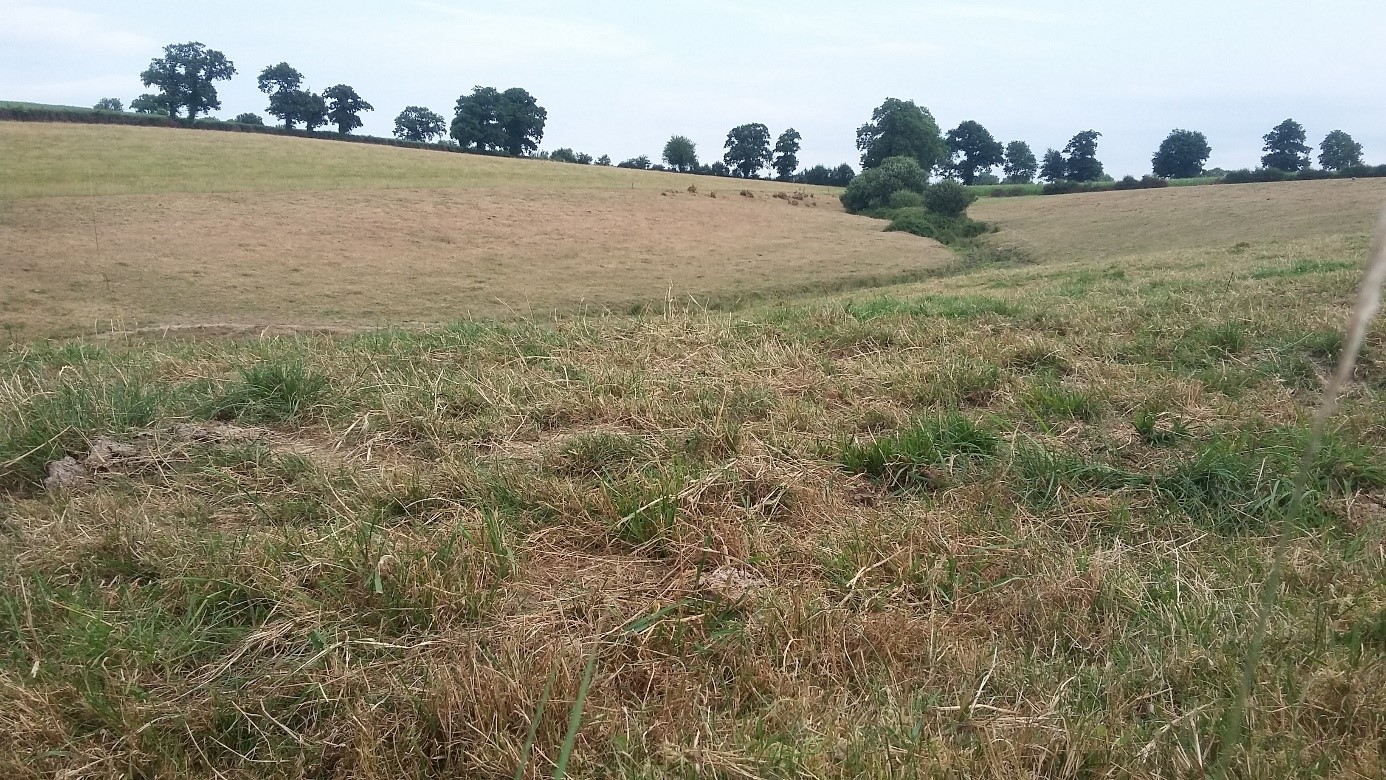Assessment of formal, natural and social insurances: how to cope best with impacts of extreme events on grasslands for sustainable farming systems? (InsuranceGrass)

Project Partners: Agricultural Economics Group, ETH Zürich (Robert Finger, lead),Grasland Science Group, ETH Zürich (Nina Buchmann), German Centre for Integrative Biodiversity Research (iDiv) & Leipzig University, Leipzig, Germany (external page Martin Quaas), Helmholtz Centre for Environmental Research – UFZ, Leipzig, Germany (external page Birgit Müller)
Background & Project Goals
Climate change pose one of the main challenges for agriculture, also in Europe. In particular, an increase of extreme weather events is expected to strongly impact economic revenues and the provision of ecosystem services by agroecosystems. Grassland farming systems need to adapt to cope with increasing climate risks and climate change.
We study the potential role of financial, natural and social insurance mechanisms to cope with increasing climate risks. We reveal interdependencies between these insurance types and derive optimal industry and public policies. First, we identify new pathways for financial insurance solutions for climate extreme events in grassland farming systems, e.g. based on weather index insurance and satellite imagery. Second, we quantify the role of natural insurances that naturally buffer production risks, e.g. by using species-rich grasslands. Third, we explore the potential of social insurances, especially arrangements within community-supported agriculture and payments for ecosystem services. We use case studies of grassland farming systems in Switzerland and Germany. Methods used range from field trials, surveys to statistical, ecological-economic, and agent-based modelling.
Financial, natural and social insurances may be substitutes or complements, and affect farmer behaviour in different ways. Thus, policy support for any of the three forms of insurance will have effects on the others, which need to be understood. For example, subsidies for financial insurance may dis-incentive social and natural insurance and thus make agriculture less sustainable overall. We identify and quantify these trade-offs and develop solutions for optimal integrated policies.
Research at the Agricultural Economics and Policy Group
In our sub-project, the AECP Group investigates farmers’ optimal plant species diversity and optimal formal insurance uptake decisions to cope with extreme events and how do these interact with each other.
More specifically, we investigate farmers’ decisions on optimal plant species diversity (i.e. natural insurance) under different risk exposure and farmers’ risk preferences, and what are the implications for yield quantity (grassland biomass), quality and their variability. We also assess the role of different formal insurance solutions in grassland-based farming systems (indemnity insurance, area yield insurance, weather index insurance), and what are their implications for optimal natural insurance use, i.e. plant species diversity decisions. Finally, we investigate how formal insurance can be designed to maximize both farmers’ private benefit from risk reduction and public benefits from plant species diversity, and what policy intervention would be needed to reach this design.
We use combine theoretical models, econometric analysis and bio-economic simulation approaches. For example, we quantify the effects of plant species diversity, further grassland management and outcomes like grassland yield quantity, quality and variability. We also assess the potential of different insurance bases to cope with climate (compound) extreme events. Finally, we use numerical bio-economic models for policy analysis.
Funding: Swiss National Science Foundation & Deutsche Forschungsgemeinschaft
Project Duration: April 2022 – March 2025
Contact: Robert Finger ()